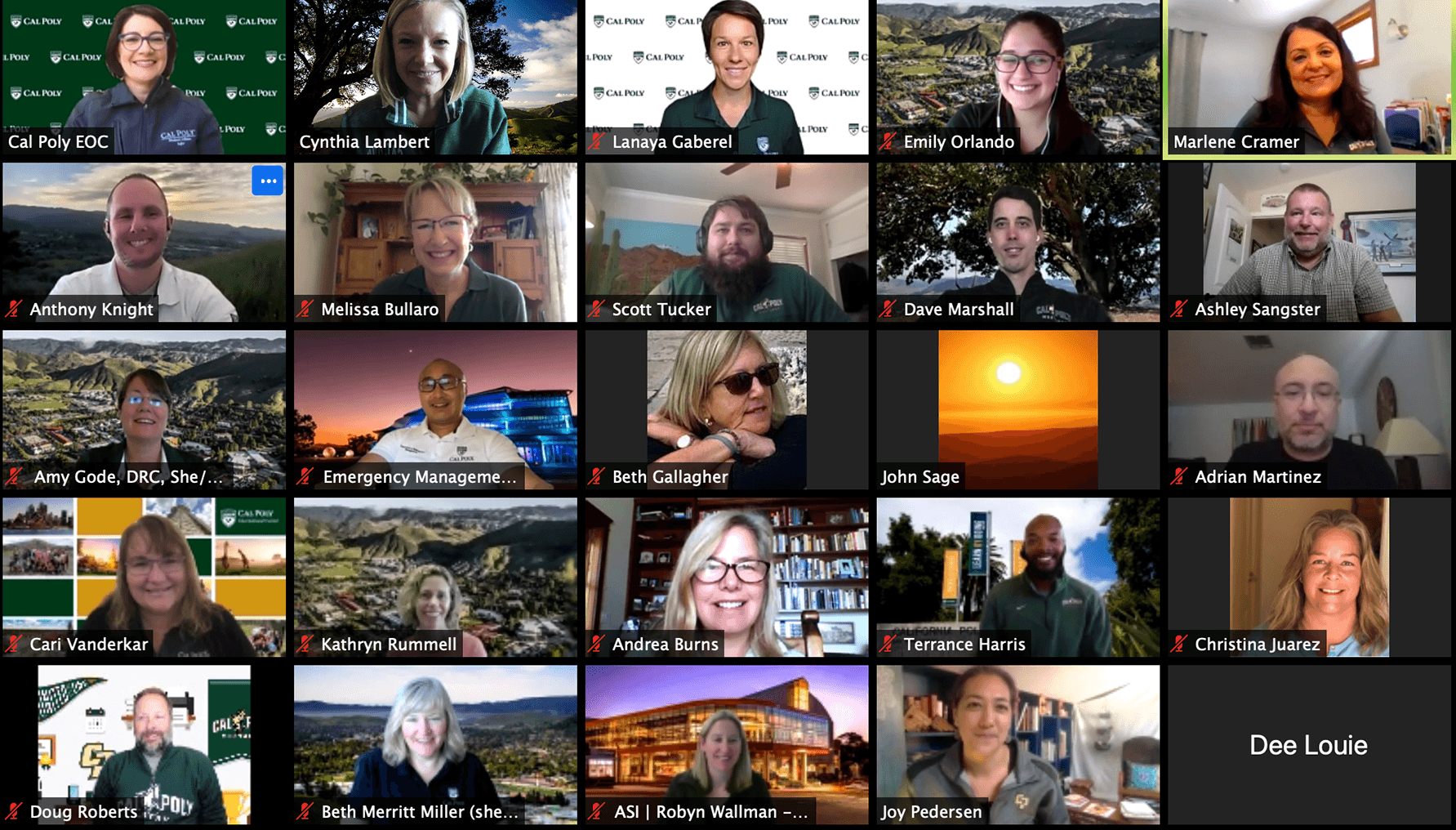Almost overnight, our world changed. Students and employees alike are now faced with the task of performing work online. Zoom has become the new form of communication, and is being used on several platforms for an assortment of reasons. Whether it is making an international business call, or happy hour with old high school friends, this is how millions of Americans are socially interacting during this quarantine.
Who is on Zoom? The short answer: everyone. Television talk shows, live concerts, Fortune 500 companies, church services, birthday parties, the list goes on.
“A common joke among college students is that they all go to ‘Zoom University’,” wrote Taylor Lorenze, Erin Griffith, and Mike Isaac in a New York Times article title We Live in Zoom Now.
College students have been thrust into this Zoom movement.
“I really enjoy how I can take my laptop to the park, or even from the comfort of my own bed. Learning outside of a classroom setting is more pleasant,” according to Rajan Mody, a third year Business Major at Cal Poly.
There are, however, downsides to using Zoom for work and school. The interpersonal and emotional communication is very limited when talking into a computer; these aspects of business and education are vitally important and often require a more personal feel in order for the speaker to deliver their message.
“You are still not able to be in the room with people to relate with them on a personal level (i.e. read body language, shift in energies, etc.). Your personal connection with people is stunted by a two-dimensional screen,” said Christina Diaz, the administrative support coordinator for the Center for Teaching, Learning and Technology at Cal Poly.
As more universities are pushed towards virtual learning models throughout the COVID-19 pandemic a growing number of students will be looking for new avenues of education that they may not have considered before. Finding the easy way to complete course credits through online classes is a problem the education system will face as Zoom classes continue to grow in usage and popularity.
“This could create a race to the bottom effect, where students search for online classes (e.g., GEs) that they can transfer into Cal Poly based on comments on how easy they are in terms of time to complete,” said Steve Hamilton, a professor of Economics at Cal Poly’s Orfalea College of Business.
Hamilton’s concern is that students could be missing out on learning important skills, even though their online credits will grant them a diploma in the end.
“Students are going to end up not gaining needed skills, but may not care much, because a diploma will still get them a job,” Hamilton said. “Students might feel like their employers will train them.”
The health of our educators and students is of the utmost importance during this COVID-19 crisis, and this leaves little choice but to continue to search for solutions as to how to deliver a quality, comprehensive educational experience while maintaining physical distance and safety.
Holding virtual classes, while not ideal, is an appropriate and practical solution to continuing education during quarantine. However, is the decision to maintain online education even after the smoke has settled on coronavirus a wise conclusion? Can we arguably forfeit the communication of genuine knowledge just for the sake of convenience?
Jay Cuccia is a journalism senior who spent his last quarter (spring 2020) at Cal Poly finishing up his studies remotely as the campus went virtual due to the COVID-19 pandemic. He interned in the Cal Poly Corporation Marketing and Communications office.

